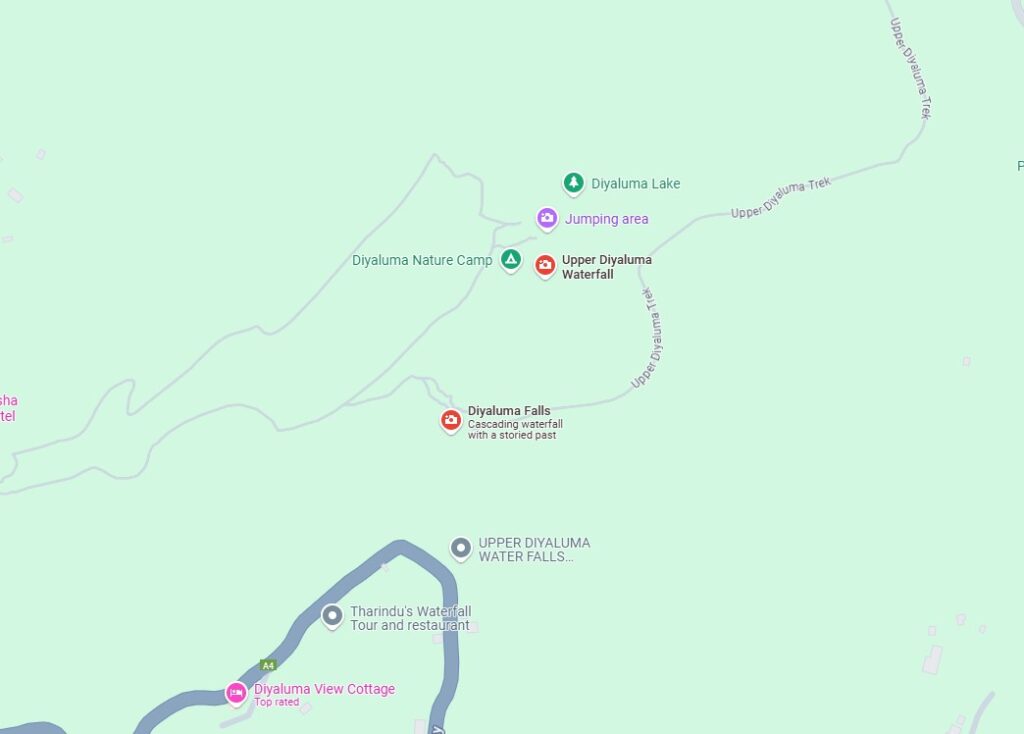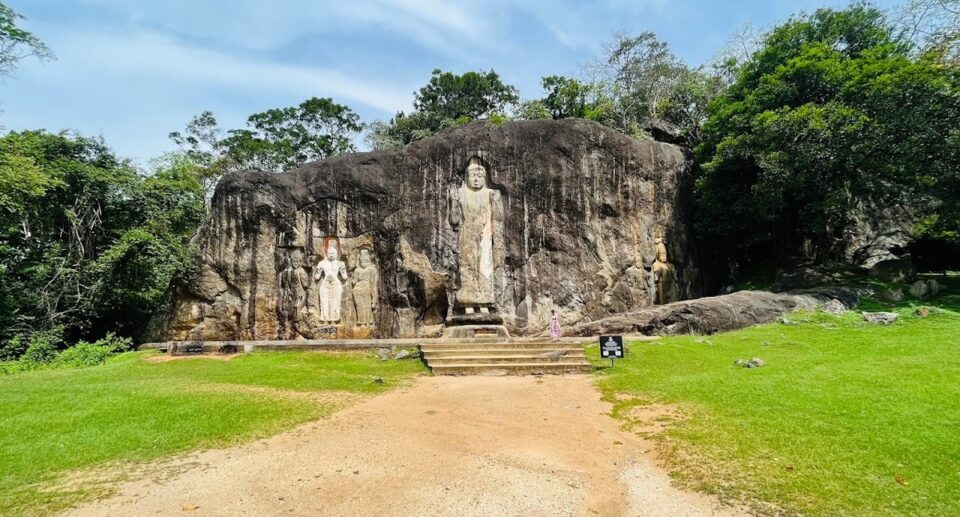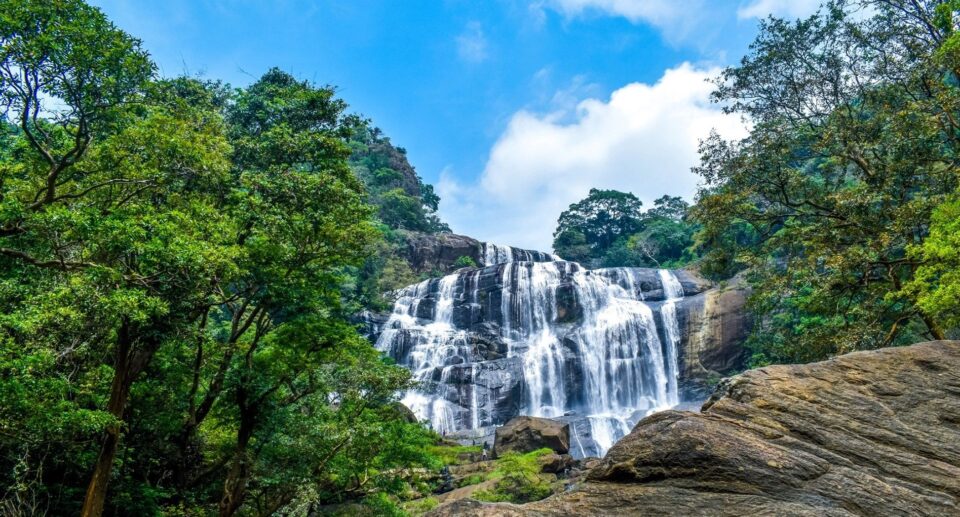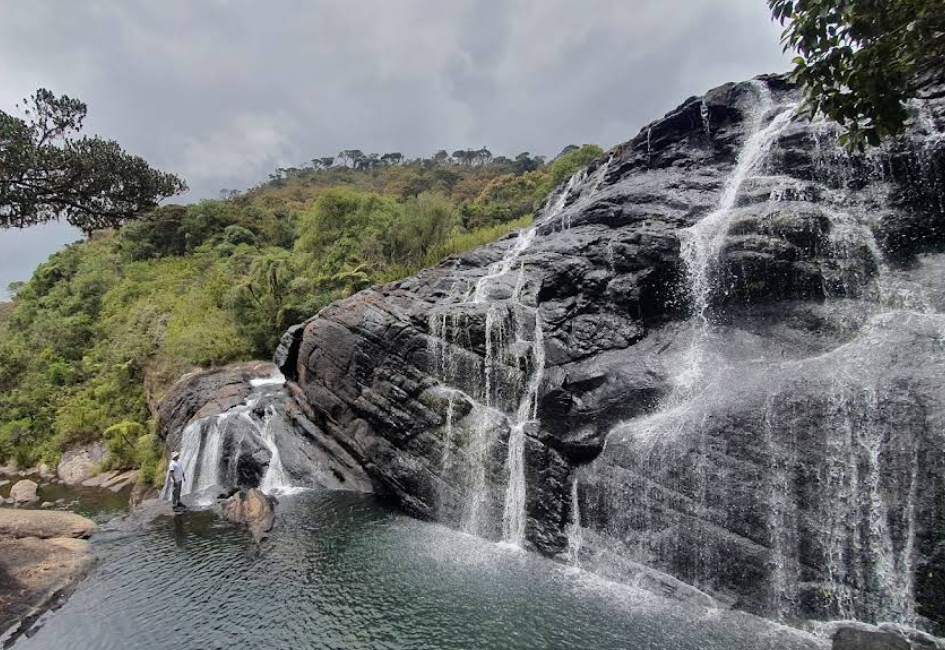Uda Diyaluma Falls: A Hidden Gem in Sri Lanka’s Hill Country
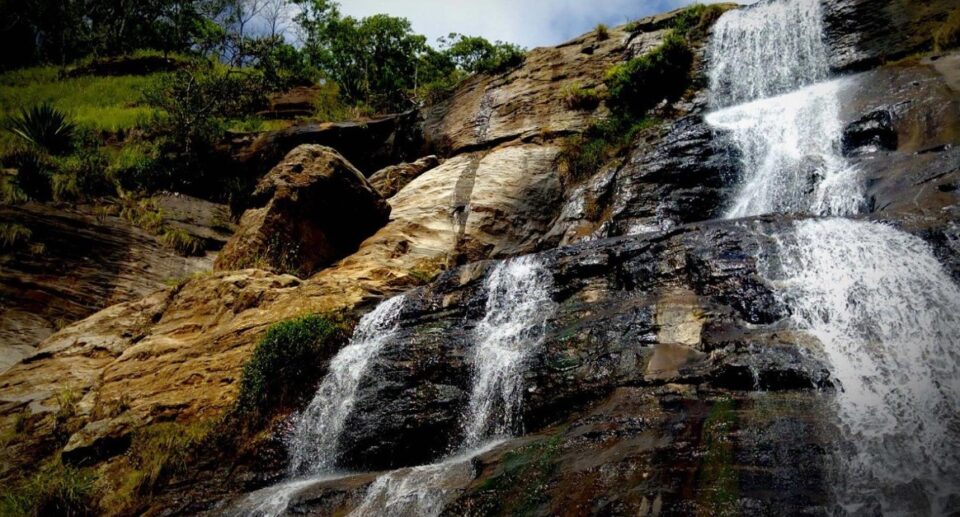
A Hidden Gem of Sri Lanka’s Hill Country
Sri Lanka, as much as it is famous for its idyllic beaches, ancient ruins, and religious heritage, is also blessed in its interior with an abundance of natural wonders. Among these, waterfalls hold a special place as they fall over forested slopes and draw local and international visitors alike into the serenity of the island’s interior. One such off-the-beaten-track but breathtaking destination is Udu Diyaluma, the upper section of the more famous Diyaluma Falls in the Badulla District. Although Diyaluma itself is the second tallest waterfall in Sri Lanka, Udu Diyaluma its upper cascades and pools is rapidly gaining a reputation as one of the most beautiful and satisfying hiking spots in the island.
Geographic Location and Overview
Udu Diyaluma is located near Koslanda, a small town between Ella and Wellawaya in the central highlands of Sri Lanka. It is in the Uva Province, which is renowned for its dense forests, tea plantations, and hill slopes. The upper part of the falls can be accessed through a hike via Poonagala a rural village surrounded by tea plantations.
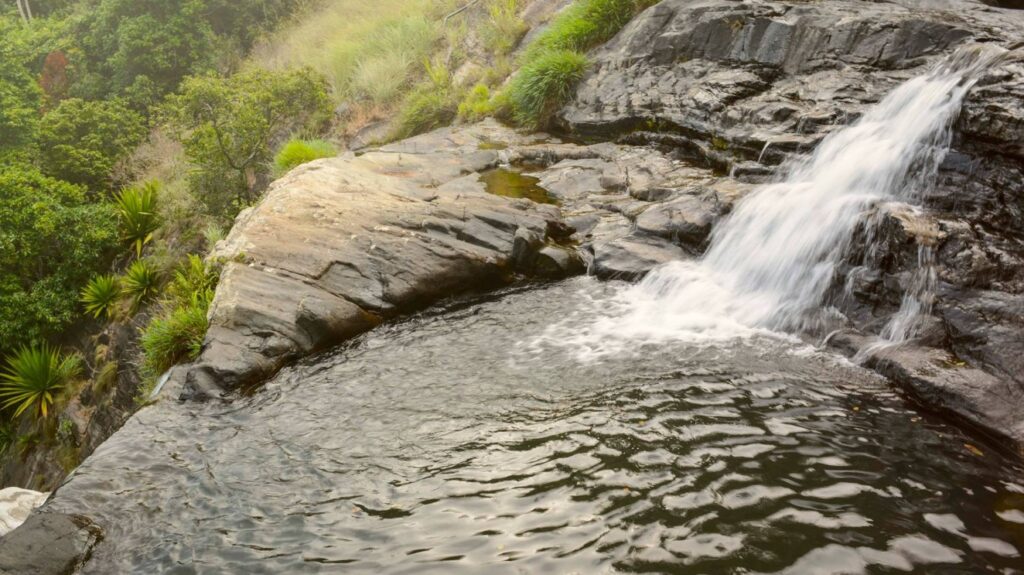
Diyaluma Falls itself plunges 220 meters (720 feet) to form one of the tallest and most photographed waterfalls in the country. Udu Diyaluma is the name for the upper series of cascading rock pools and smaller waterfalls that feed the main drop. These upper falls are not visible from the base but offer arguably more scenic and intimate experiences than the giant waterfall below.
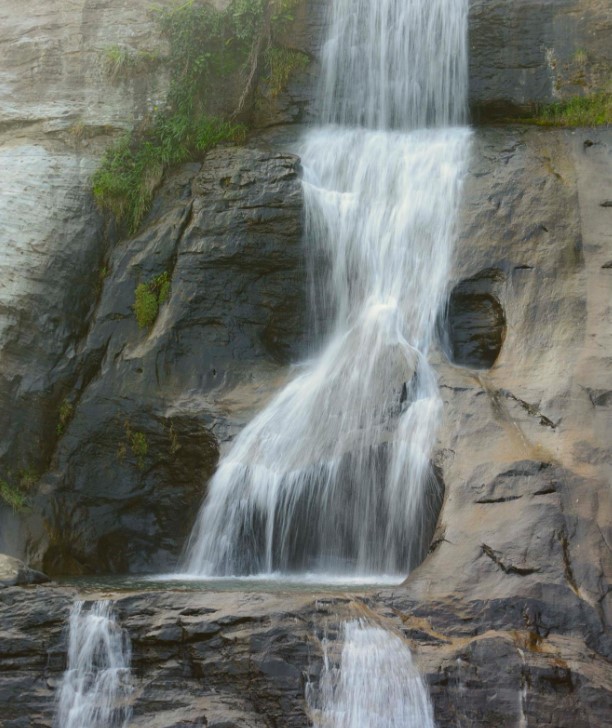
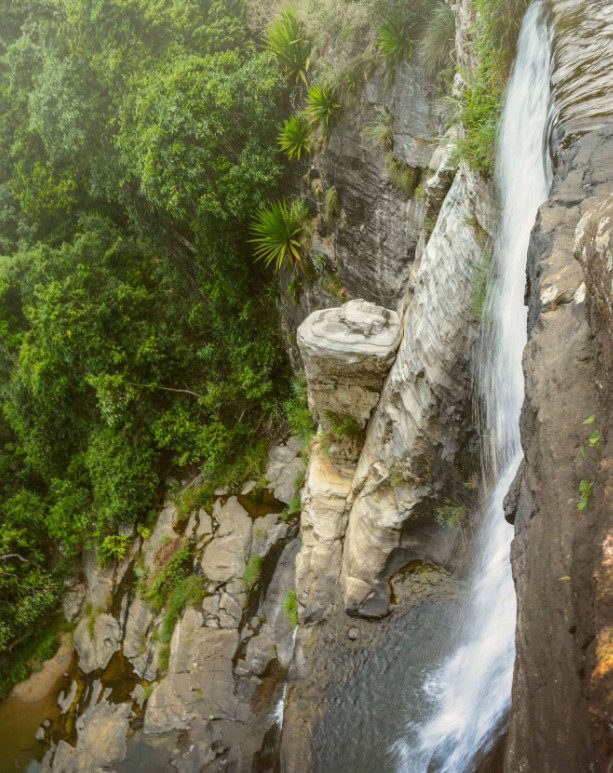
The Hike to Udu Diyaluma
It requires a moderate hike to get to Udu Diyaluma, so the excursion is perfect for active travelers and nature lovers. The hike typically begins at Poonagala, which can be reached by vehicle from either Koslanda or Ella. A trail from there winds through a picturesque landscape of tea plants, grasslands, and virgin forest.
The hike to the upper falls takes around 30 to 45 minutes, plus or minus one’s own pace and familiarity with the trail. Along the way, one is treated to vistas of the lowlands and misty hills of southern Sri Lanka. Guides are available and recommended for first-timers, both to ensure safe crossing and to learn about the local ecology and culture.
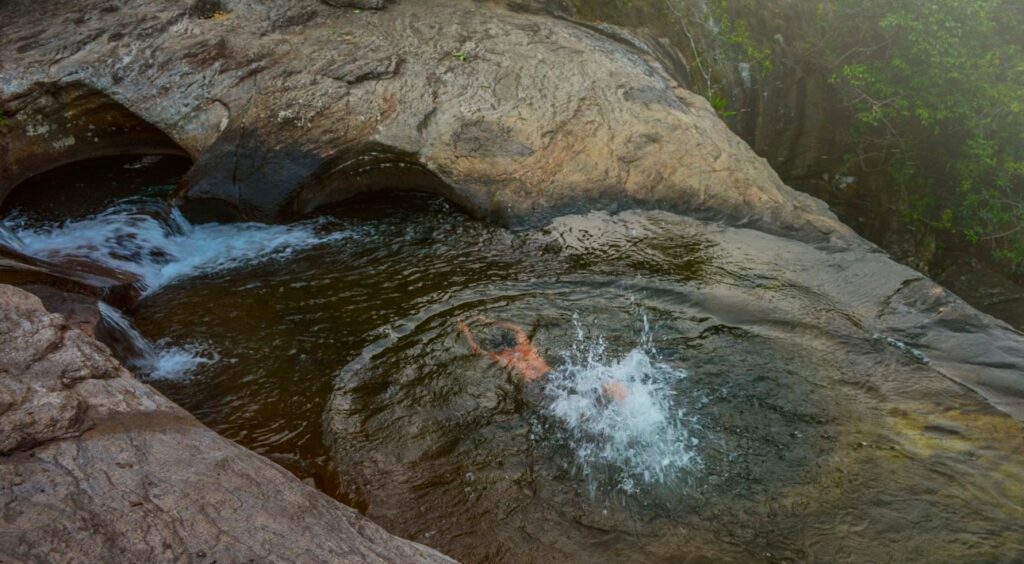
Natural Features and Beauty
The true beauty of Udu Diyaluma lies in its natural architecture terraced pools, cascading mini-waterfalls, and sheer rock faces that constitute a breathtaking landscape. The higher pools have been naturally sculpted out of the rock by centuries of flowing water. Their edges form infinity-like drops that overlook endless green valleys below, and it’s a surreal experience for anyone who has the guts to sit at the edge.
In contrast to certain waterfalls, Udu Diyaluma is not one to be admired from afar only. It beckons for interaction swim in its clear pools, bask on the hot rocks, and explore the various tiers of its descent. The water, cool and refreshing, is a salve for the heat of a hike. The setting is also rather scenic, with dramatic views and intriguing rock formations that have made it a favorite among photographers and drone flyers.
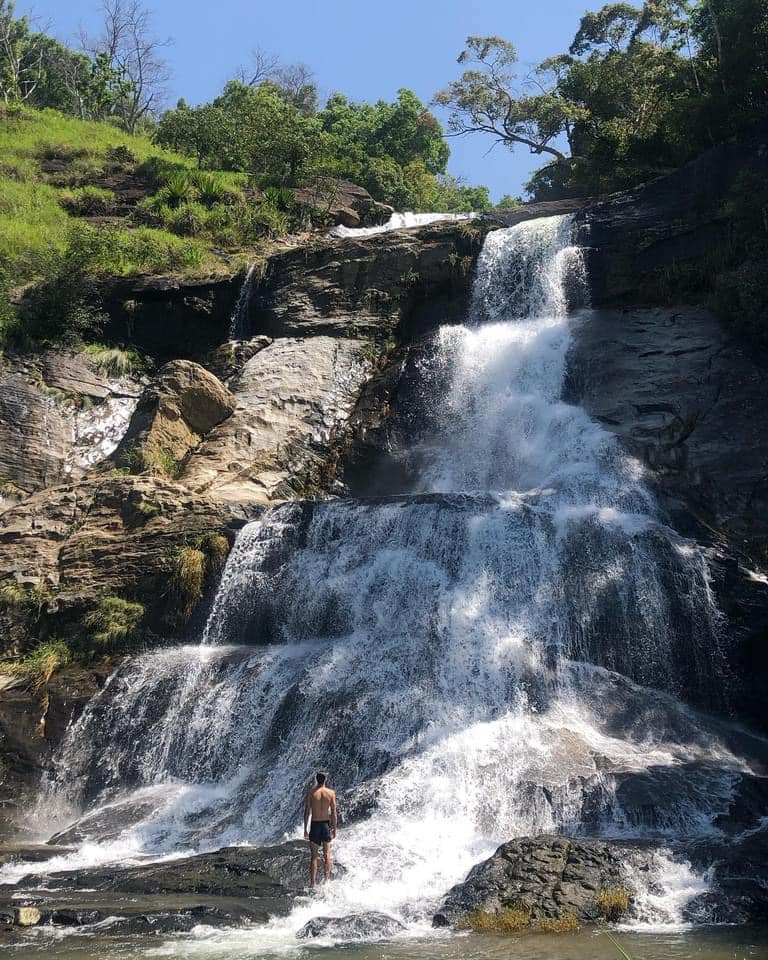
Ecological and Environmental Importance
Udu Diyaluma is not only a scenic location but also part of Sri Lanka’s vital hill country ecosystem. The region around the falls nurtures a variety of flora and fauna, some of which are endemic to Sri Lanka. The surrounding forests provide habitat for birds, butterflies, and small mammals, while the rivers that feed the falls are important for local agriculture and biodiversity.
However, like most of Sri Lanka’s natural wonders, Udu Diyaluma is facing growing environmental strain from unchecked tourism. The increased tourist traffic, trash, and water pollution are a threat to the delicate environment here. It is incumbent on both the government authorities as well as visitors to ensure that the area is kept clean for generations to enjoy. Sustainable tourism practices, such as guided hikes, eco-friendly accommodation, and conscientious disposal of waste, are crucial to its preservation and allure.
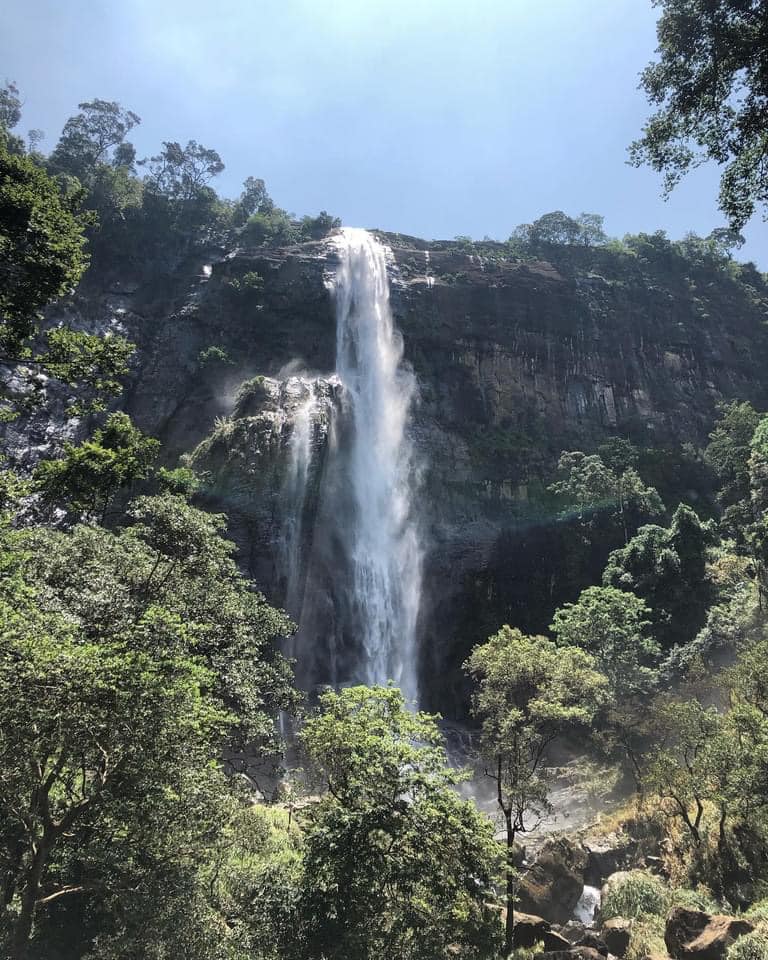
Cultural and Mythological Significance
Diyaluma Falls, as well as its upper falls, is steeped in myth. According to one legend, the name “Diyaluma” (meaning “fast flowing water” in Sinhala) has its origin in a story of ill-fated lovers. A prince, who was banished from his kingdom, attempted to elope with his lover. As they climbed the cliffs to escape capture, the woman fell to her death. The gods, sympathizing with the pair, caused a stream to fall over the cliffs to wash away the blood and tears thus the waterfall.
Not only do such stories contribute to the beauty of the place, but they also indicate how closely Sri Lankan nature and culture are interwoven. Waterfalls, rivers, and forests figure frequently in local lore, attesting to the reverence with which natural phenomena are treated.
Best Time to Visit
The best time to visit Udu Diyaluma is from December to April, which is the dry season. The climate is more stable, the trails are safer, and the water level is best for swimming during this time. It can be dangerous to travel during the monsoon season because of the slippery roads and strong water currents.
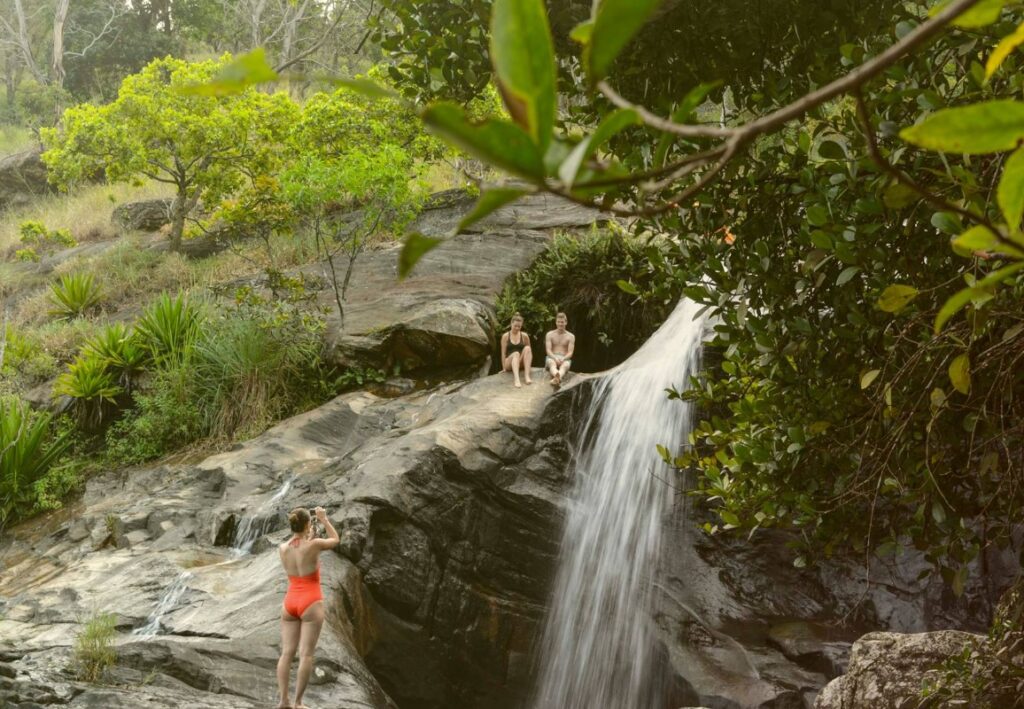
Mornings and late afternoons are particularly magical, with the gentle light bringing out the beauty of rock and water. Visitors are recommended to start hikes early in the morning to avoid the midday heat and make the most of the experience.
Responsible Travel and Safety Tips
As Udu Diyaluma gains more popularity, it is essential that tourists visit the site responsibly. Safety is paramount, especially due to the steep drops and wet rocks. It is suitable to swim only in the still pools, and caution is needed along cliff edges.
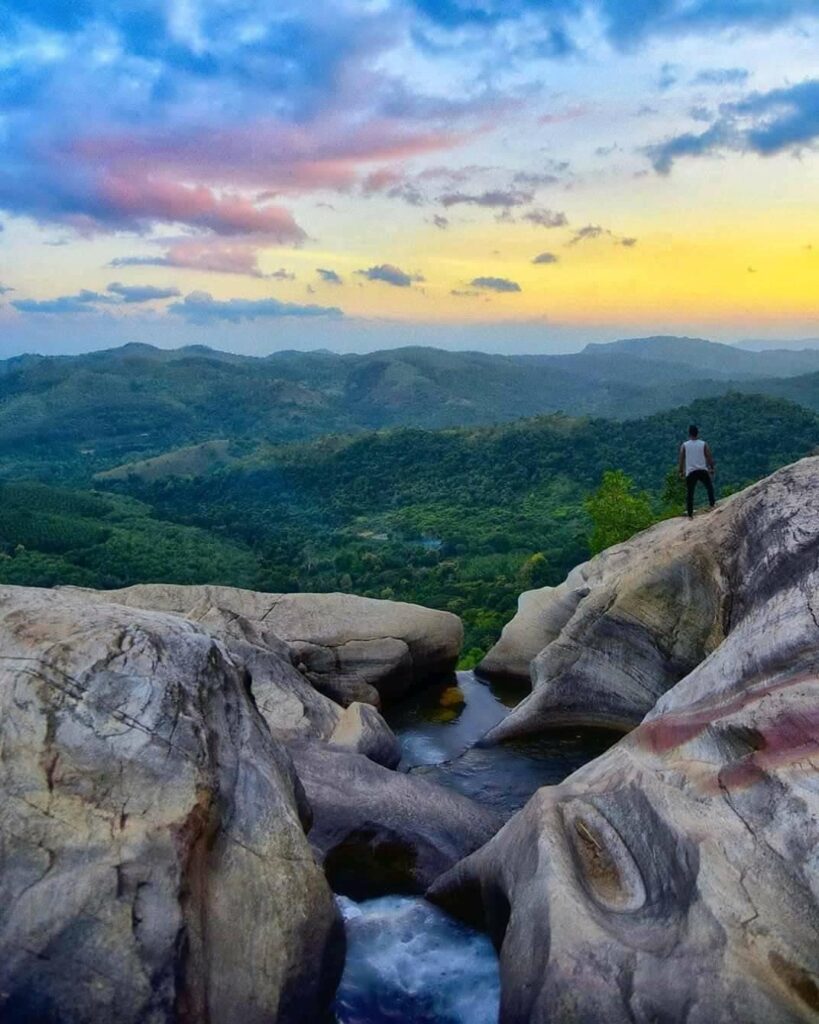
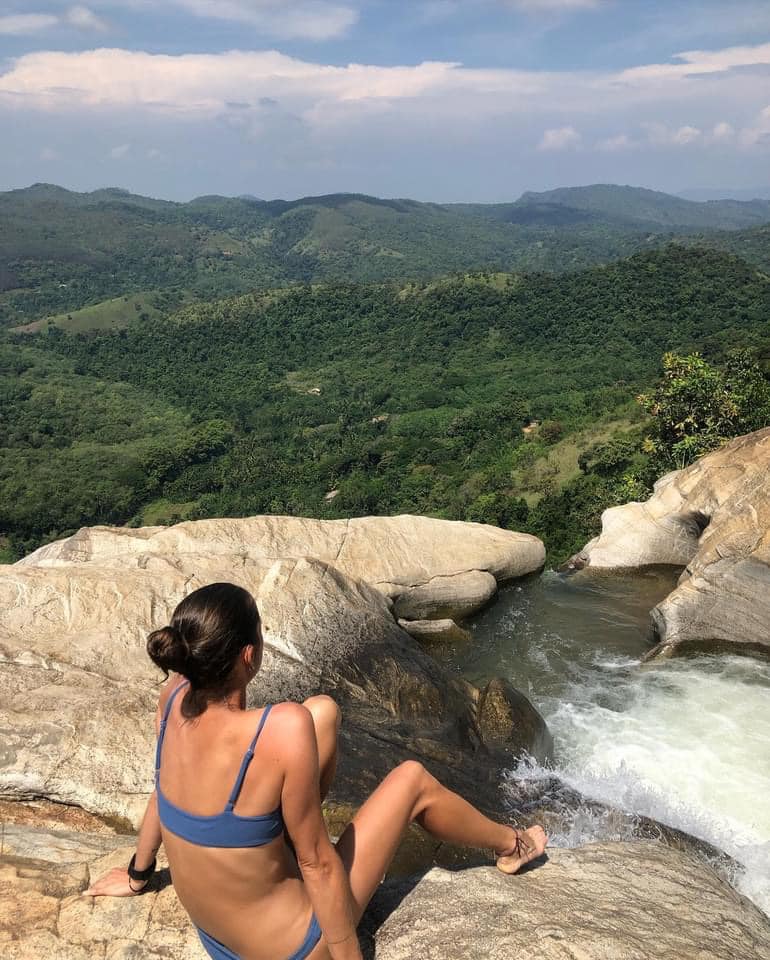
Visitors are requested to leave nothing behind carrying all trash with them and being careful not to disturb local wildlife. Hiring a local guide not only provides knowledge of land and culture but also stimulates the rural economy.
For those who intend to stay in the area, the choice of accommodation varies from tea estate bungalows and eco-lodges to low-cost guesthouses in Ella or Wellawaya. Most of them provide transport and guided tours to Udu Diyaluma as well as to other local attractions.
By Car or Taxi
- Route: Take the A4 Colombo–Badulla highway via Beragala.
- Distance: Approximately 220 km (5–6 hours).
- Directions:
- Drive from Colombo to Beragala.
- Continue for about 24 km to reach the falls.
By Tuk-Tuk
- From Ella:
- Distance: Around 35 km (1.5–2 hours).
- Route: Via Poonagala.
- Fare: Approximately 2,500–3,500 LKR.
- From Koslanda:
- Distance: About 6 km.
- Fare: Around 1,000–1,500 LKR.
By Train + Tuk-Tuk
- Train: Take a scenic train ride from Colombo or Kandy to Haputale.
- Tuk-Tuk: From Haputale, hire a tuk-tuk to the trailhead (approximately 45 minutes).
- Total Duration: Around 4–5 hours.
- Fare: Train tickets vary; tuk-tuk fare is about 1,000–1,500 LKR.
Hiking to Upper Diyaluma Falls
- Trailhead: Accessible from Koslanda or Poonagala.
- Distance: Approximately 5 km round trip.
- Duration: 2–3 hours.
- Difficulty: Steep and challenging; suitable for experienced hikers.
- Highlights: Natural pools and panoramic views.
- Safety: Avoid hiking alone; consider hiring a local guide
Tips for a Safe Visit
- Guides: Hiring a local guide is recommended for navigation and safety.
- Equipment: Wear sturdy footwear and carry sufficient water and snacks.
- Swimming: Only swim in designated areas and during safe conditions.
- Wildlife: Be cautious of elephants in the vicinity; avoid walking alone, especially at night.
Map of Uda Diyaluma Falls
